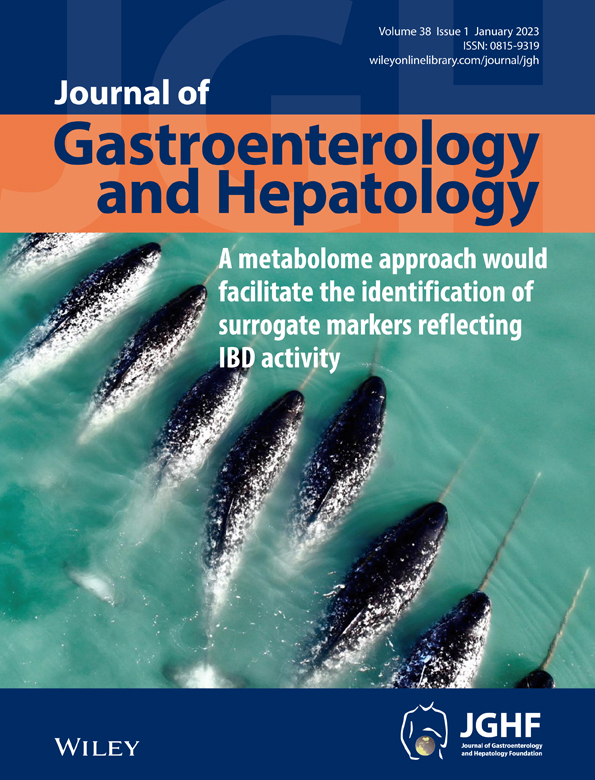Fecal microbiota transplantation for patients with active ulcerative colitis: A cost-effectiveness analysis
Declaration of conflict of interest: The authors have no conflicts to disclose.
Author contributions: No additional writing assistance was used for this manuscript. JY, GF, SCN, and JHSY contributed to the conceptual design of the study. JY and GF conducted the search of model inputs. JY performed the data analysis and drafted the manuscript. JHSY supervised the study, and SCN and JHSY revised the manuscript for critical intellectual content. All authors have approved the final version of this manuscript.
Financial support: Nil.
Abstract
Background and Aim
Growing studies have demonstrated clinical benefits of fecal microbiota transplantation (FMT) therapy (administered by colonoscopy, enema, or both) for active ulcerative colitis (UC). This study aimed to evaluate the cost-effectiveness of standard treatment with and without FMT therapy for mild-to-moderate active UC from the perspective of US healthcare provider.
Methods
A 10-year Markov model was developed to evaluate the costs and quality-adjusted life-years (QALYs) of standard treatment plus FMT therapy versus standard treatment alone. Model inputs were retrieved from publish data in literature. Base-case and sensitivity analyses were performed.
Results
In the base-case analysis, standard treatment plus FMT therapy was more effective than standard treatment alone (by 0.068 QALYs). Comparing to standard treatment alone, standard treatment plus FMT therapy varied from cost-saving to incremental cost, subject to the number of FMT administrations. One-way sensitivity analysis identified the relative risk of achieving remission with FMT therapy to be the most influential factor on the incremental cost-effectiveness ratio of standard treatment plus FMT therapy. Monte-Carlo simulations showed that standard treatment plus FMT therapy with 3 and 6 administrations per FMT course was cost-effective (at willingness-to-pay threshold = 50 000 USD/QALY) in 90.77% and 67.03% of time, respectively.
Conclusions
Standard treatment plus FMT therapy appears to be more effective in gaining higher QALYs than standard therapy alone for patients with mild-to-moderate active UC. Cost-effectiveness of standard treatment plus FMT therapy is highly subject to the relative improvement in achieving remission with standard therapy plus FMT therapy and number of FMT administrations per FMT course.
Open Research
Data availability statement
The data underlying this article are available in the article.




